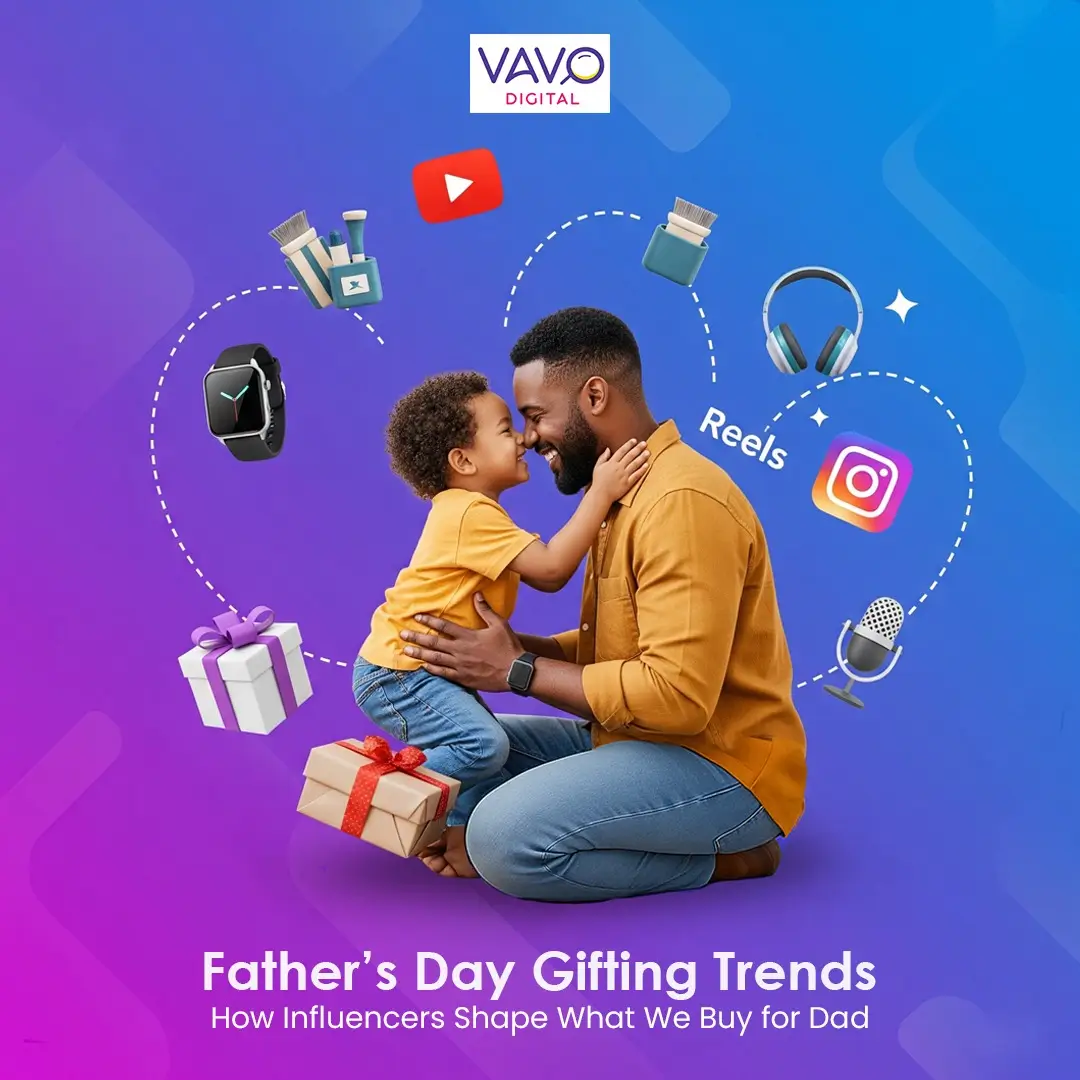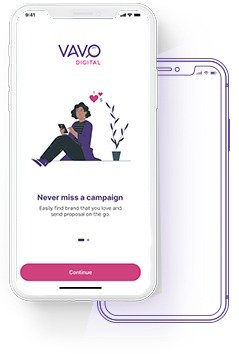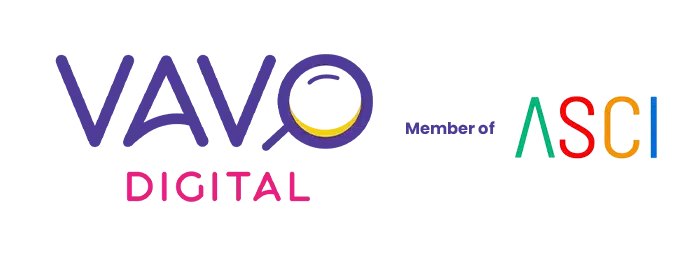
Father’s Day Gifting Trends: How Influencers Shape What We Buy for Dad
As the digital landscape continues to reshape consumer behavior, Father’s Day gifting has evolved far beyond mugs and ties. In India, where emotional value and gifting culture intersect meaningfully, influencers have emerged as key players in shaping how and what people buy for their fathers. Brands that understand and leverage this shift are creating impactful campaigns, boosting sales, and building stronger brand affinity.
The Emotional Economy of Father’s Day in India
Traditionally, Father’s Day in India has been celebrated with understated gifting—watches, shirts, books, or personalized items. However, with increasing disposable income, a younger demographic driving decisions, and deeper digital penetration, gifting behavior is rapidly evolving. Consumers now seek experiences, premium gadgets, grooming kits, wellness items, and curated hampers.
This transformation is not coincidental—it’s influencer-driven.
Influencers as the New Purchase Drivers
In today’s cluttered digital landscape, authenticity and relatability are the currencies of influence. Indian content creators—once perceived as entertainers—are now key purchase drivers, especially for emotional, family-centric occasions like Father’s Day. Their content doesn’t just entertain; it educates, inspires, and converts.
Through Instagram Reels, YouTube unboxings, curated gifting guides, and even podcasts, influencers are creating contextual experiences around brands—nudging followers toward thoughtful, timely purchases.
Key Influencer Trends Shaping Father’s Day Gifting in India
1. Personalized Gifting Recommendations
Creators like Aakash Dodeja (Wassup India) and Sanket Mehta are masters of relatability. Their “Top 5 Gifts for Dad” reels strike a balance between humor and heartfelt emotion, making premium brands feel accessible. Their choices often include items like personalized grooming kits, Bluetooth sunglasses, and quirky stationery—items that blend utility with sentiment.
Brands leveraged: Amazon India, Chumbak, The Man Company
2. Reel-to-Buy Movement
Short-form video continues to dominate. Influencers such as Sejal Kumar, Ashi Khanna, and Ankush Bahuguna often create aesthetically shot Reels where the narrative centers around surprising or pampering dads.
By tagging brands like Boat, Tata Cliq Luxury, or Beardo, they bring instant product visibility to their wide-reaching audiences.
Pro tip: Reels with direct product links and coupon codes boost click-through and conversion rates by over 30%.
3. Niche Dad Influencers (Parenting + Lifestyle)
While still emerging, Dadfluencers like Karanvir Bohra, Karan Mehra, and Shreyas Talpade bring authenticity to content aimed at older male audiences. They create reels showing bonding moments with their children, promoting wellness, tech, personal grooming, and automobile accessories.
These influencers offer high trust value—perfect for brands targeting Gen X dads or family-oriented men.
Brands leveraged: Philips India, Bombay Shaving Company, Skinn by Titan
4. Luxury Gifting Advocates
Influencers like Masoom Minawala and Kusha Kapila (despite not being dads) often feature luxury gifting ideastargeted toward their mature, urban followers. Through partnerships with Tanishq, Satya Paul, and Tata Cliq, they craft high-aspiration content that subtly includes “gifts for dad” with style and status.
Perfect for premium brands looking to elevate Father’s Day positioning.
5. Influencer-Driven Gift Hampers & Brand Collabs
Food, skincare, and beverage brands are partnering with influencers to co-create limited-edition Father’s Day hampers. Creators like Shivesh Bhatia (food & lifestyle) and Malini Agarwal (MissMalini) amplify reach through engaging unpacking reels and giveaways.
These campaigns build urgency and exclusivity, especially among urban audiences.
Brands leveraged: Sleepy Owl, Bombay Sweet Shop, Kama Ayurveda
6. Tech & Gadget Demos by Trusted Reviewers
Father’s Day is a great occasion to gift gadgets. Influencers like Gaurav Chaudhary (Technical Guruji) and Ranjit Kumar (Geekyranjit) create tech reviews for smartwatches, tablets, or grooming gadgets, which are widely gifted items.
These creators combine high authority with practical advice—perfect for converting intent into action.
Brands leveraged: Realme, Boat, Mi, Syska
7. Regional Influencer Impact
Father’s Day is not just a metro trend. Regional influencers like Madras Central (Tamil), Village Cooking Channel, or Dhanashree Verma (Marathi) help amplify localized campaigns. They appeal to regional language audiences and often integrate family values and rural storytelling, making the content deeply relatable.
Brands leveraged: Patanjali, Wow Skin Science, Parachute Advanced
Data-Driven Insights: Influencer Impact on Father’s Day Gifting
Recent data from Indian influencer marketing reports and e-commerce platforms reveals:
- 45% of buyers under 35 admit to purchasing Father’s Day gifts after seeing influencer endorsements.
- Brands that used influencer storytelling saw a 28% increase in conversion rate during Father’s Day week.
- Grooming products, smartwatches, and sustainable fashion items are the top three categories driven by influencer-led campaigns.
The Takeaway for Brands
As Father’s Day continues to gain cultural relevance in India, brands that want to stand out must move beyond generic promotions and adopt a strategic, influencer-driven approach. Below are the essential takeaways every brand should integrate into its campaign planning:
1. Invest in Storytelling: Let Influencers Humanize Your Product
In the era of emotional commerce, storytelling is no longer a “nice to have”—it’s central to conversion. Instead of hard-selling your product, collaborate with influencers who can weave your brand into personal, fatherhood-related narratives.
Encourage creators to share a real memory with their father, or a moment where they became a father themselves.
Products should be featured in a natural context—as part of a story, not the story itself.
Example: A grooming brand could sponsor a video where a dad gets a surprise makeover from his child, with the products being subtly showcased.
When consumers see your product as part of a meaningful moment, they form emotional associations that boost recall and purchase intent.
2. Choose the Right Voices: Authenticity Over Popularity<
While reach matters, relevance and relatability are far more powerful during sentimental campaigns like Father’s Day.
Collaborate with dad influencers or creators who are known for family, parenting, or lifestyle content.
Consider micro- or nano-influencers with niche loyal audiences—they often yield higher engagement and conversion rates due to their trust-based community.
The goal is to find voices that feel genuine—not promotional. Viewers can immediately spot inauthenticity, especially when family is involved.
3. Time It Right: Launch Campaigns at Least 3 Weeks in Advance
Seasonal marketing is all about timing, and Father’s Day is no different. Brands often underestimate the lead time needed for influencers to plan, produce, and promote meaningful content.
Start planning 4–5 weeks ahead to ensure smooth execution.
Roll out the first phase of content 3 weeks prior to the day, building momentum week by week.
Consider a multi-wave content plan:
Week 1: Announcement/teaser with influencer storytelling
Week 2: Product showcases, discount codes, reels
Week 3: Final push with emotional, shareable content and call-to-actions
Early campaigns also allow time for remarketing and influencer re-posts, enhancing campaign reach organically.
4. Blend Emotion with Utility: The Sweet Spot of Conversion
Father’s Day campaigns need a dual impact—emotional resonance and practical utility.
Create content that tugs at heartstrings while also providing a solution or value to the viewer.
Influencers should answer key buyer questions like:
“Why is this a great gift for Dad?”
“How will this improve his routine/lifestyle/health?”
“Why now?”
Use CTAs like “Surprise your dad this Father’s Day” or “Gift a moment he’ll cherish” to drive action subtly but effectively.
The emotional anchor makes the campaign memorable, while the practical benefit ensures sales.
Conclusion
Influencer marketing is no longer an optional add-on for seasonal campaigns—it is central to discovery and decision-making. As we approach Father’s Day, brands must recognize the power of Indian influencers in shaping heartfelt, high-converting gifting moments. When done authentically, influencer-led campaigns don’t just sell—they connect, which is the true essence of gifting.
FAQs: Father’s Day Influencer Marketing in India
1. When should brands start planning their Father’s Day influencer campaigns in India?
Brands should begin planning 4 to 5 weeks in advance to ensure adequate time for influencer selection, content development, and campaign rollout. Ideally, content should begin going live at least 3 weeks before Father’s Day to build awareness and drive early conversions.
2. Which types of influencers are most effective for Father’s Day campaigns?
Dad influencers, family-oriented content creators, and lifestyle influencers who often share emotional or relatable content tend to perform best. Micro-influencers with highly engaged niche audiences are also effective, especially for brands with focused product categories like grooming, tech, or wellness.
3. What types of products perform best during Father’s Day influencer promotions?
Top-performing categories include:
- Grooming kits and personal care
- Smart gadgets and accessories
- Sustainable fashion and footwear
- Luxury and lifestyle hampers
- Health and wellness products
Items with a mix of emotional value and functional utility resonate most with buyers.
4. How can we measure the ROI of a Father’s Day influencer campaign?
Key performance indicators (KPIs) include:
- Engagement rate (likes, comments, shares)
- Reach and impressions
- Click-through rate (CTR) from influencer content
- Use of unique coupon codes or affiliate links
- Sales uplift during the campaign window
Tracking platforms and UTM-tagged links can help attribute performance directly to influencers.
5. Is it better to collaborate with one high-profile influencer or several smaller ones?
It depends on your budget and campaign objective. A large influencer can provide massive reach and brand awareness quickly, while multiple smaller creators offer high authenticity and better engagement per follower. A hybrid model often works best—using a lead influencer supported by a network of micro-influencers.




